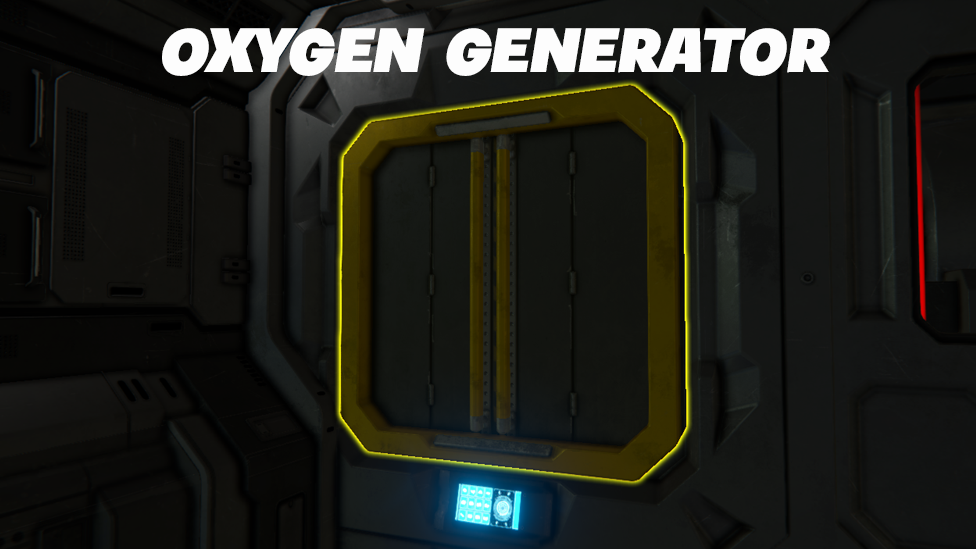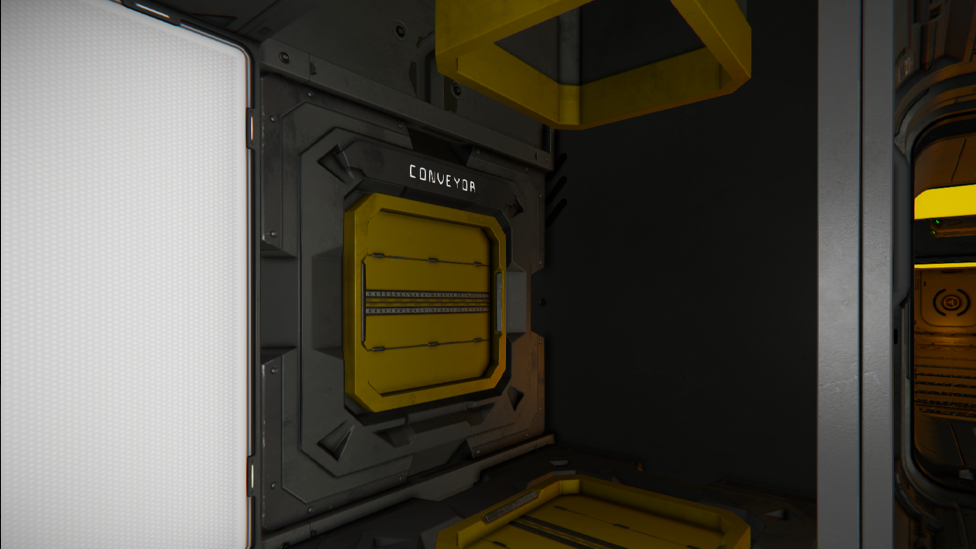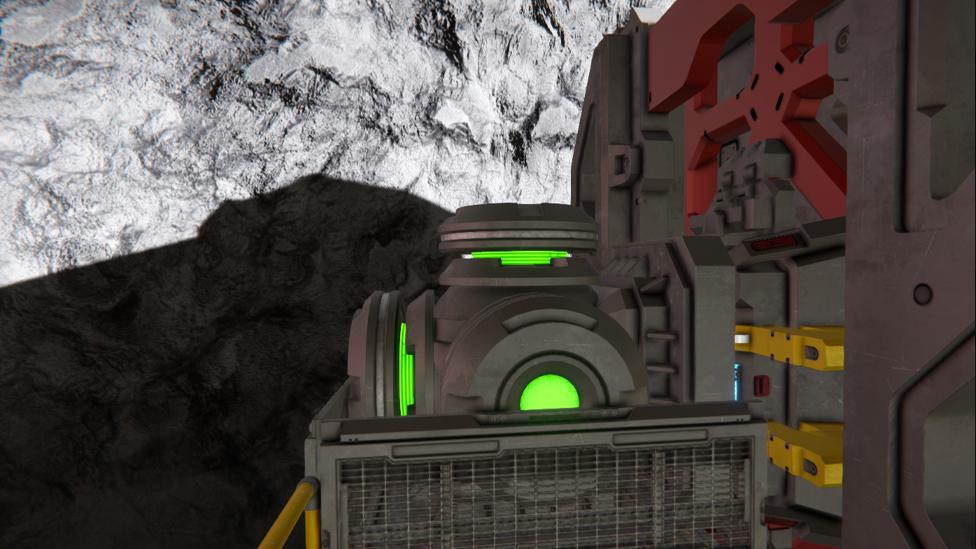Space Engineers: How to Make Oxygen
We will go deeply into the complexities of oxygen production in Space Engineers in this extensive guide, giving you the information and skills you need to become a master engineer. But first, check out this awesome Space Engineers server hosting!
Understanding Oxygen Generation

Make Your Own Space Engineers Server
Let's start by learning about the fundamental technique for producing oxygen: the oxygen generator. This essential building block transforms ice into oxygen and hydrogen gas, giving the user a chance to survive.
Use an assembler or a survival kit to build an oxygen generator. Ensure that your oxygen generator is backed up by a power source such as a nuclear reactor or solar panels to keep it functional.
Ice Mining
The essential ingredient that powers the synthesis of oxygen is ice. Absence of a continuous ice supply would halt oxygen production. Let's learn the ice mining trade secrets:- Searching for Planets and Asteroids: Organize explorations to find ice deposits on planets and asteroids. These frozen materials are present beneath the surface and are available for extraction.
- Equipment of the Trade: To efficiently harvest ice, arm yourself with a hand drill, a little ship, or a big mining ship. To cut through the frozen ground and get as much ice as you can, use these tools.
Establishing a Conveyor System
It's time to set up a conveyor system to distribute the priceless gases throughout your base or ship now that you are familiar with the basics of oxygen production and have a steady supply of ice.- Oxygen Tanks: Use conveyors to connect your oxygen generator to your oxygen tanks. This makes it possible for gases to move between these parts without interruption. When conducting larger-scale tasks, think about using additional oxygen tanks.
- Air Vents: Connect the oxygen tanks to air vents to pressurize particular rooms or spaces. By controlling the oxygen flow, these vents maintain a breathing atmosphere for both astronauts and equipment.

Managing Room Pressurization
Keeping your base or ship's atmosphere habitable requires regularly pressurizing the rooms. Let's look at several important methods for controlling room pressurization:- Auto Refill Bottles: Turn "Auto Refill Bottles" mode on for both the air vents and oxygen tanks. This set up makes sure that pressured areas always have gas available.
- Stockpiling feature: Turn on the "Stockpile" feature on oxygen tanks when you want to release gas gradually. When in this mode, the gas tanks can be filled and released gradually as needed.
Troubleshooting Oxygen Issues
Even the best-designed systems can have problems. Keep these troubleshooting techniques in mind to solve any issues with oxygen distribution and production:- Search for leaks: Check your enclosed space for any cracks or leaks that might be affecting the oxygen supply. To restore the system's integrity, patch or plug these holes.
- Control panel observation: Check the Control Panel frequently to see if the Air Vent status for pressurized rooms is "Pressurized." If not, look into it and make the necessary corrections.
Ensuring Sustained Oxygen Production
It's critical to take into account a few extra aspects in order to maintain a balanced oxygen production system that meets your life needs:- Power source: Whether using reactors or solar panels, make sure your oxygen generation system has a dependable and enough power source. For the Oxygen Generator to run continuously, it needs a reliable energy supply.
- Reserves of Ice: Keep an abundant supply of ice in your inventory or related storage containers. Keep an eye on your ice supplies and refill them as needed to prevent oxygen production from being interrupted.

FAQ
Can I use any other resource besides ice to produce oxygen in Space Engineers?
To produce oxygen in Space Engineers, ice is the main resource. To meet your oxygen needs, you must find and mine ice formations on planets or asteroids. Other materials like stone or minerals cannot substitute for ice in the process of producing oxygen.
How can I optimize the efficiency of my Oxygen Generator?
Consider taking the following actions to maximize your oxygen generator's effectiveness:
1. Upgrade Power Generation: Make sure your power source can give the oxygen generator with the energy it needs. This could entail expanding your reactor configuration or adding more solar panels.
2. Improve Conveyor System: Install a well constructed conveyor system to reduce transport lag time and increase ice flow to the oxygen generator. To speed up the process, strategically place Junctions and Conveyor Sorters.
3. Upgrade Survival Kits or Assemblers: If you're utilizing a Survival Kit or an Assembler to build your oxygen generator, think about upgrading them to higher-tier models. The Oxygen Generator's output rate and effectiveness will rise as a result.
4. Numerous Oxygen Tanks Use multiple oxygen tanks to store and disperse the generated gases for larger-scale operations or bases. This keeps the system in balance and avoids oxygen distribution bottlenecks.
By employing these optimization methods, you can enhance the performance of your oxygen generator and maintain a regular supply of oxygen.
Can I pressurize my entire base or ship using oxygen?
While technically conceivable, it is not always practical or necessary to pressurize an entire facility or ship with oxygen. Pressurizing huge spaces uses a lot of oxygen and can be taxing on your resources and efforts. Where astronauts or important systems are present, it is more typical to selectively pressurize such rooms or locations.
You can carefully create pressured settings in important spaces like living quarters, control rooms, or medical bays by using air vents and oxygen tanks. This strategy optimizes oxygen consumption while easing the burden on your oxygen generation system.
Final Thoughts
Congratulations! You are now prepared to master the art of oxygen production in Space Engineers thanks to the information and techniques provided in this guide. Keep in mind to give priority to the following tasks: setting up a conveyor system, mining ice, monitoring room pressurization, operating the oxygen generator, and debugging any potential problems.Never undervalue the significance of oxygen as you set out on your space travel adventures. You must keep a close check on your oxygen levels and establish a balance between the generation of oxygen and hydrogen gas in order to survive in the harsh environment of the Space Engineers.
Now, go forth and give the vastness of space life!
Make Your Own Space Engineers Server
Copyright 2019-2025 © ScalaCube - All Rights Reserved.